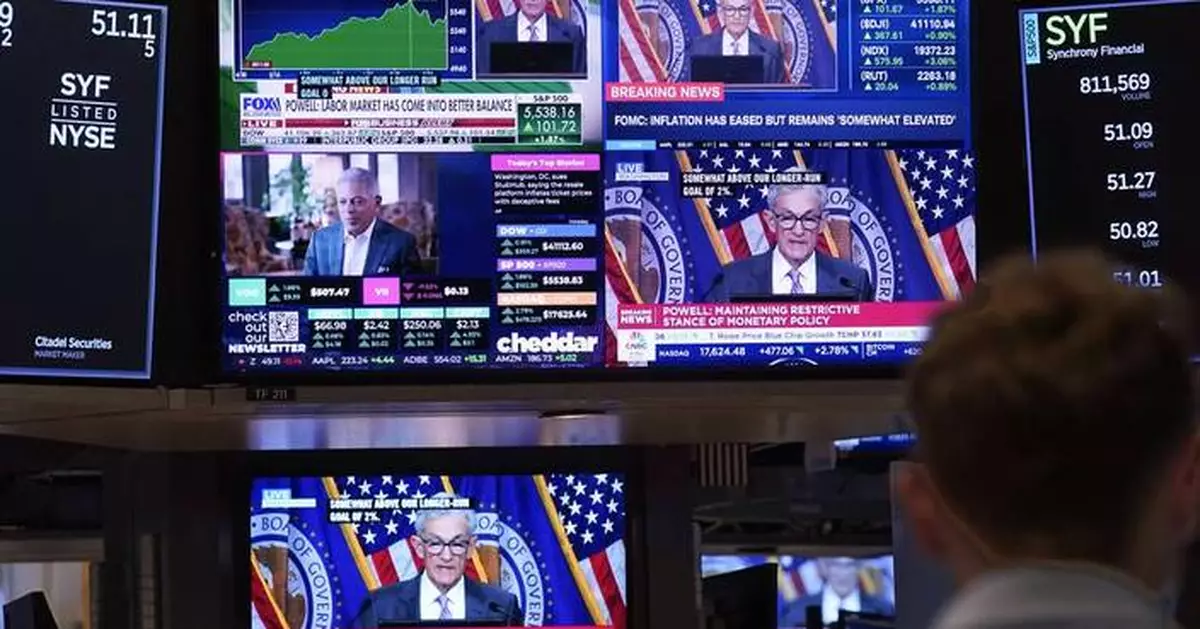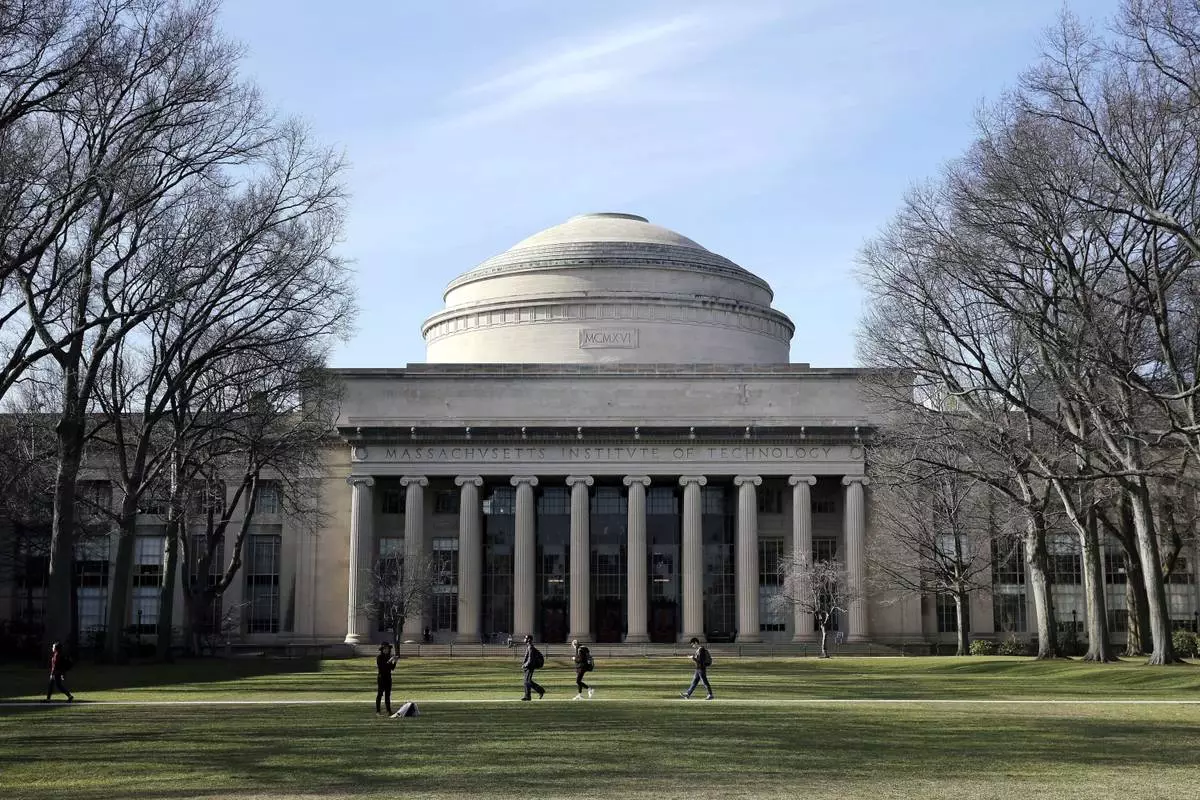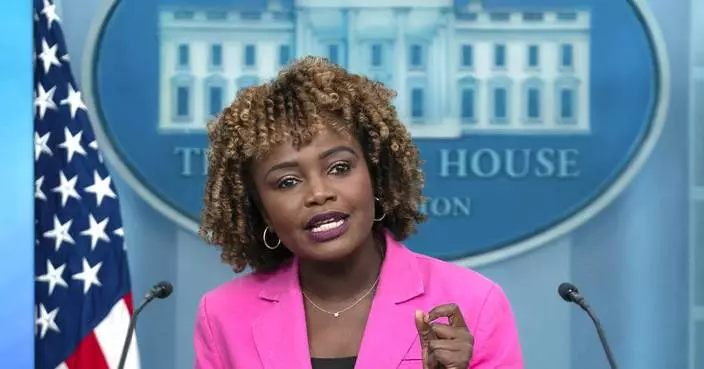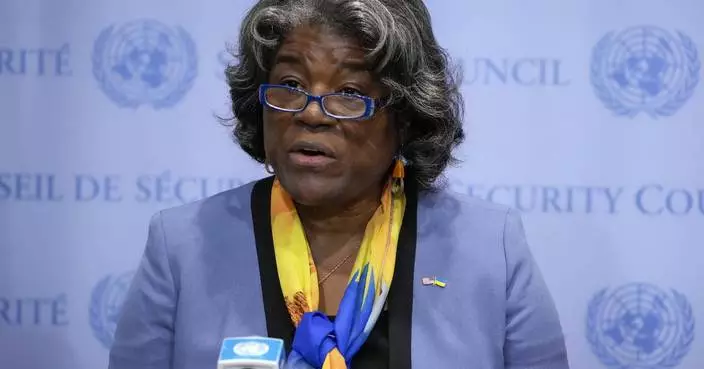WASHINGTON (AP) — Federal Reserve Chair Jerome Powell all but proclaimed victory in the fight against inflation and signaled that interest rate cuts are coming in a much-anticipated speech Friday in Jackson Hole, Wyoming.
Under Powell, the Fed raised its benchmark rate to the highest level in 23 years to subdue inflation that two years ago was running at the hottest pace in more than four decades. Inflation has come down steadily, and investors now expect the Fed to start cutting rates at its next meeting in September — an expectation that essentially got Powell's endorsement Friday.
“My confidence has grown that inflation is on a sustainable path back to 2%,” Powell said in his keynote speech at the Fed’s annual economic conference in Jackson Hole.
He noted that inflation, according to the Fed's preferred gauge, had fallen to 2.5% last from a peak of 7.1% two years ago. Measured by the better known consumer price index, inflation has dropped from a peak 9.1% in mid-2022 to 2.9% last month. Both are edging closer to the Fed's 2% target.
Powell sounded confident that the Fed would achieve a so-called soft landing — containing inflation without causing a recession. "There is good reason to think that the economy will get back to 2% inflation while maintaining a strong labor market,'' he said.
Higher rates contributed to progress against inflation, as did the easing of supply chain bottlenecks and worker shortages that caused shipping delays and higher prices as the economy bounded back with unexpected strength from COVID-19 lockdowns.
Powell suggested Friday that rate cuts are all but inevitable. "The direction of travel is clear, and the timing and pace of rate cuts will depend on incoming data, the evolving outlook, and the balance of risks,” he said.
Last year, the Fed had predicted that it would trim rates three times this year. But the cuts kept getting pushed back as the progress against inflation faltered early in 2024. Since then, the steady drop in inflation has resumed, giving the Fed more confidence that victory was in sight.
Powell acknowledged that he and his Fed colleagues misjudged the inflationary threat when it emerged in early 2021. At the time, they expected the flareup of higher prices to be short-lived — the temporary consequence of pandemic-related supply chain disruptions. The pressure, they thought, would fade "fairly quickly without the need for a monetary policy response — in short, that the inflation would be transitory.''
They weren't alone in their optimism. “The good ship Transitory was a crowded one,'' Powell said, ”with most mainstream analysts and advanced-economy central bankers on board.''
But the word “transitory″ came back to haunt the Fed as inflation proved more intractable than expected. It spread from goods that were subject to supply chain backlogs into services, where it is harder to dislodge without raising rates and risking severe economic pain in the form of layoffs and higher unemployment. The Fed proceeded to raise rates 11 times in 2022 and 2023.
Powell admitted that policymakers and economists have struggled to understand and respond to an economy that has been unpredictable since COVID-19 hit in early 2020. First, the pandemic shut down commerce and companies collectively slashed millions of jobs. Then the economy roared back with unexpected vigor, setting off inflationary pressures that been dormant since the early 1980s. When the Fed belated responded with aggressive rate hikes, economists predicted the hiring borrowing costs would cause a painful recession. But it didn't.
"The limits of our knowledge — so clearly evident during the pandemic — demand humility and a questioning spirit focused on learnings lessons form the past and applying them flexibly to our current challenges,'' Powell said.

Federal Reserve Chairman Jerome Powell, left, Governor of the Bank of Canada Tiff Macklem, center, and Governor of the Bank of England Andrew Bailey chat outside the Jackson Hole Economic Symposium at Jackson Lake Lodge in Grand Teton National Park near Moran, WY on Aug. 23, 2024. (AP Photo/Amber Baesler)
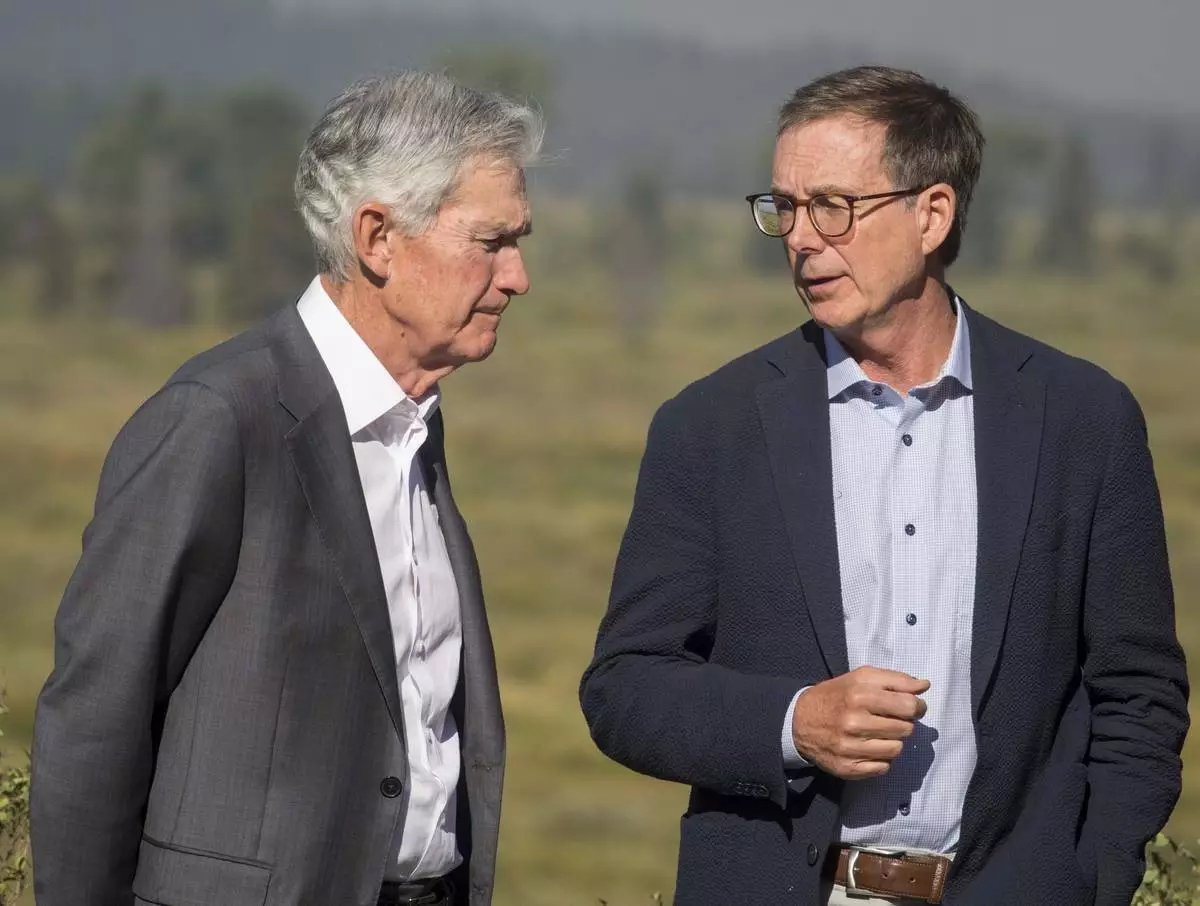
Federal Reserve Chairman Jerome Powell, left, speaks with Governor of the Bank of Canada Tiff Macklem outside of the Jackson Hole Economic Symposium at Jackson Lake Lodge in Grand Teton National Park near Moran, Wyo., on Aug. 23, 2024. (AP Photo/Amber Baesler)
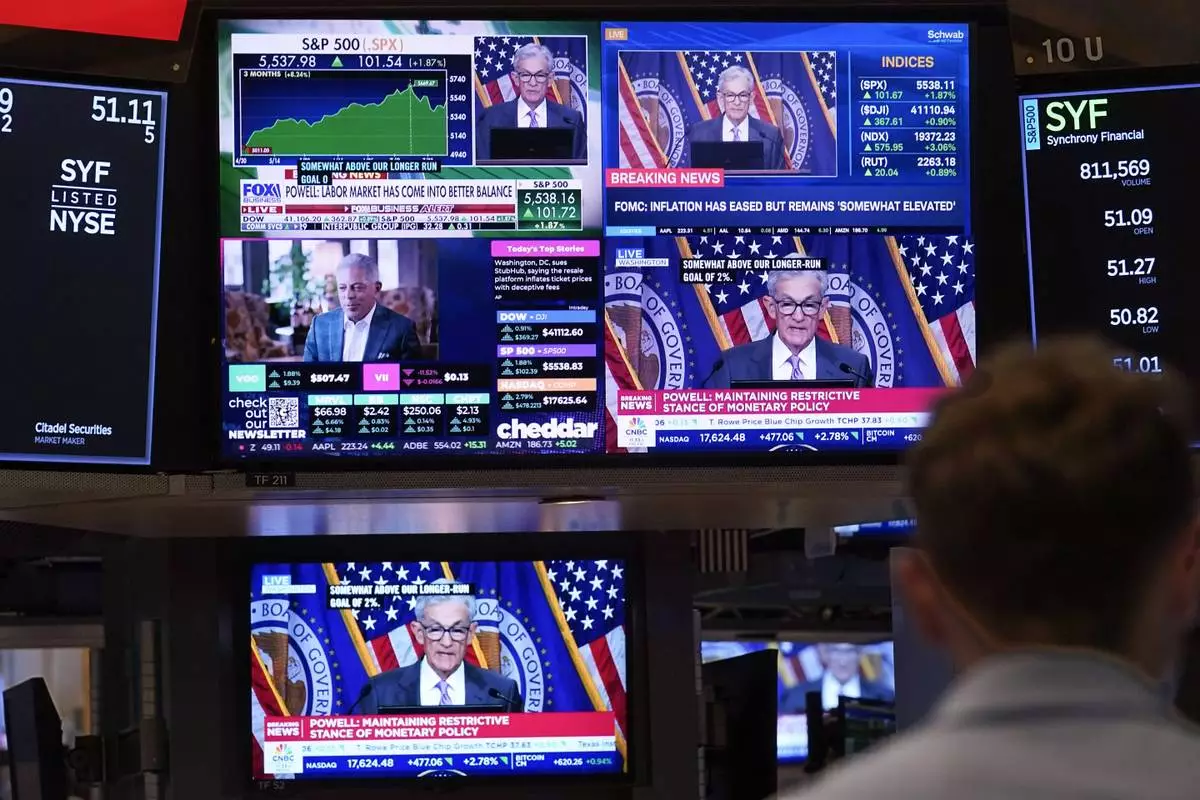
FILE - A bank of television screens on the floor of the New York Stock Exchange, shows Federal Reserve Chairman Jerome Powell, July 31, 2024. (AP Photo/Richard Drew., File)


